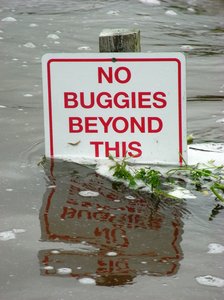There were 35 people who were injured in a recent bus accident in Massachusetts. According to the Boston Globe, the bus was leaving Harvard when is slammed right into an overpass. The bus was heading back to Philadelphia as the bus’ driver was trying to navigate his way through some of our busiest roadways.
Reports indicate that the man looked down at his GPS, looked back up and slammed into the overpass.

According to Massachusetts State Police, one person is still in the hospital in critical condition from this accident. Four were hospitalized in stable conditions, one was listen under serious condition and one was scheduled to be discharged over the weekend. Some of the passengers were trapped inside the bus for over an hour.
Our Boston bus accident attorneys understand that the bus did not belong on the road it was traveling on — Soldier’s Field Road. As you may know, this is a major crosstown street where there are signs posted regarding the 10-foot height limit. Over-sized, heavy vehicles are prohibited from traveling along this street, but this didn’t stop the Calvary Coach.
Officers are saying that the drivers will likely receive an over-height violation. Massachusetts State Police officers are also looking into how long he was driving that day to see if he was driving longer than allowed under federal law. That might just determine if there will be more serious charges in the case.
The Calvary Coach driver also drives a school bus in Pennsylvania.
Transit officials sent backup buses to the scene of the accident to rescue the passengers and to get them out of the wickedly cold weather.In the collision, there was cosmetic damage done to the bridge and to the road, according to state police. The bus sustained significant damage in the wreck.
You might remember the accident that happened in Syracuse back in 2010. This accident was alarmingly similar as that driver also looked down at the GPS and slammed his bus into an overpass. Four people were killed. The driver was acquitted of homicide charges. He was also accused of being overly sleepy behind the wheel when that accident happened.
The truth of the matter is that there are no excuses for these kinds of accidents.
It’s important that travelers who turn to busing companies do their research before choosing a company. You can do this easily by checking out the Federal Motor Carrier Safety Administration‘s (FMCSA) SaferBus app. Don’t risk your life or the lives of others by making an uninformed decision. Through this app, you can get immediate information on a busing company’s safety ratings complaint records and performance records. It’s available all day every day so there’s no excuse not to use it. Safety should be your number one priority when choosing a company. And remember, the cheapest bus ticket might not always be your safest choice — and you can’t put a price on your life.
Continue reading
 Boston Personal Injury Attorney Blog
Boston Personal Injury Attorney Blog












